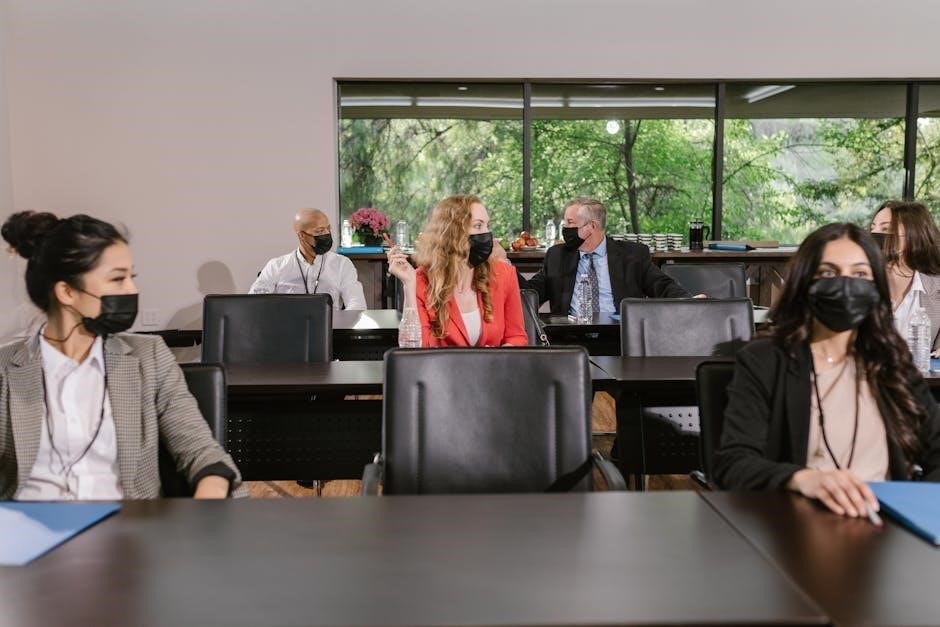The executive branch is a vital part of government, with the president as head, guiding the nation with important decisions and actions every day normally.
Definition and Role of the Executive Branch
The executive branch plays a crucial role in the US government, acting as a giant engine that turns ideas into actions, with the president at the helm, guiding the nation with important decisions and actions every day.
The executive branch is defined as the branch of government that is responsible for enforcing the laws of the land, with the president serving as both the head of state and the head of government.
This branch is tasked with ensuring that the laws created by Congress are put into effect, and it is also responsible for conducting diplomatic relations with other nations, commanding the armed forces, and negotiating treaties.
The executive branch is composed of various departments and agencies, each with its own unique role and responsibilities, working together to achieve the goals of the administration.
Overall, the executive branch is a vital part of the US government, working to protect the interests of the nation and its citizens, and to promote the general welfare of the country, through a variety of means and methods.

Structure of the Executive Branch
The executive branch consists of the president and administrative offices that support the president normally always.
The Cabinet and Executive Office of the President
The Cabinet is a group of advisors to the president, consisting of vice presidents and secretaries, who provide guidance on various matters.
The Executive Office of the president is responsible for managing the day-to-day operations of the executive branch, including administrative tasks and supporting the president in decision-making.
This office is composed of several departments and agencies, each with its own specific responsibilities and functions, working together to ensure the effective implementation of the president’s policies and decisions.
The Cabinet and Executive Office work closely together to advise the president and carry out the duties of the executive branch, playing a crucial role in the governance of the country.
The president relies on the Cabinet and Executive Office to provide expert advice and support, enabling informed decision-making and effective leadership.
The relationship between the Cabinet, Executive Office, and the president is essential to the functioning of the executive branch, and their collaboration is vital to the successful implementation of government policies and programs.

Functions of the Executive Branch
Executive branch functions include enforcing laws and policies daily with precision and care always.
Responsibilities and Powers
The executive branch has numerous responsibilities and powers, including the ability to appoint federal judges and other officials, such as ambassadors and cabinet members, with the advice and consent of the Senate. The president also has the power to grant reprieves and pardons to individuals convicted of federal crimes, except in cases of impeachment. Additionally, the president serves as the commander-in-chief of the armed forces, overseeing national security and defense. The executive branch is also responsible for conducting foreign policy, including negotiating treaties and agreements with other countries. Overall, the executive branch plays a crucial role in shaping and implementing national policy, and its powers and responsibilities are essential to the functioning of the federal government. The president’s responsibilities and powers are outlined in Article II of the Constitution, which provides the framework for the executive branch’s authority and duties.

Resources for Learning about the Executive Branch
Students can use online resources and study guides to learn about the executive branch effectively every day.
iCivics Interactive Game and Workbook
The iCivics interactive game is a valuable tool for learning about the executive branch, offering a comprehensive and engaging experience for students. This game, titled Second Branch: The Executive, provides a detailed overview of the executive branch’s structure and functions. The accompanying workbook includes a range of activities and questions, from basic recall to critical thinking, designed to help students develop a deeper understanding of the topic. With over 60 questions and activities, the workbook is an excellent resource for students at the junior and senior high school levels. The game and workbook can be downloaded as a pdf file, making it easy to access and use in the classroom or at home. By using this resource, students can gain a thorough understanding of the executive branch and its role in the US government, preparing them for further study and civic engagement.

Answer Key and Review Questions
Review questions and answer keys are available as a pdf file for easy access and review normally.
Executive Branch Reading Comprehension Answer Key
The executive branch reading comprehension answer key is a valuable resource for students, providing answers to questions about the executive branch of government. This answer key is available as a pdf file, making it easy to access and print. The questions and answers cover a range of topics, including the role of the president, the cabinet, and the executive office. The answer key is designed to help students understand the executive branch and its functions, and to assess their knowledge of the subject. By using the executive branch reading comprehension answer key, students can improve their understanding of the US government and its various branches. The answer key is also a useful tool for teachers, who can use it to create quizzes and tests to assess student knowledge. Overall, the executive branch reading comprehension answer key is a helpful resource for anyone looking to learn more about the executive branch of government.



